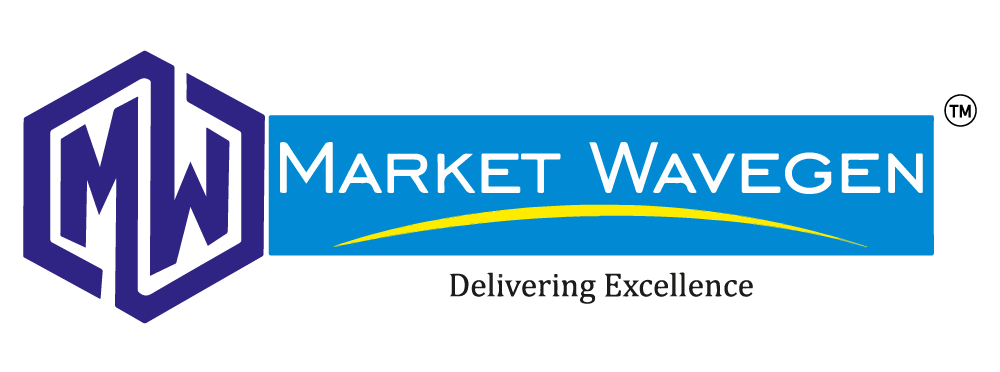Introduction
In today’s fast-paced digital world, businesses face the challenge of understanding their customers’ preferences and anticipating their behaviour. Fortunately, advancements in technology and the availability of vast amounts of data have paved the way for using data analytics to gain valuable insights into customer behaviour. In this article, we’ll explore the power of data analytics and how it can help predict customer behaviour, enabling businesses to make informed decisions and deliver personalized experiences.
Understanding Data Analytics and Customer Behaviour
– Definition of data analytics and its role in modern businesses.
– Overview of customer behaviour and its significance for businesses.
– The benefits of predicting customer behaviour using data analytics.
Gathering and Analysing Customer Data
– Identifying relevant data sources, including customer demographics, purchase history, website behaviour, and social media interactions.
– Implementing data collection methods such as surveys, web tracking, and social media monitoring.
– Utilizing data management systems and tools to organize and process customer data effectively.
Applying Predictive Analytics Techniques
– Introduction to predictive analytics and its application in customer behaviour analysis.
– Utilizing statistical models, machine learning algorithms, and artificial intelligence to uncover patterns and trends.
– Predictive modelling techniques, including regression analysis, clustering, and decision trees.
Extracting Insights and Making Data-Driven Decisions
– Analysing customer segmentation to understand different customer groups.
– Identifying key behavioural patterns and preferences.
– Leveraging insights to develop tailored marketing strategies, improve customer experiences, and enhance product/service offerings.
Enhancing Customer Engagement and Loyalty
– Creating personalized recommendations and offers based on predictive analytics.
– Implementing targeted marketing campaigns to reach the right audience.
– Utilizing data analytics to optimize customer retention strategies.
Real-Life Examples and Success Stories
– Highlighting success stories of companies that effectively use data analytics to predict customer behaviour.
– Showcasing the positive impact of data-driven decisions on business growth and customer satisfaction.
Conclusion
Data analytics has revolutionized the way businesses understand and interact with their customers. By leveraging customer data and employing predictive analytics techniques, businesses can gain valuable insights into customer behaviour, enabling them to make data-driven decisions and deliver personalized experiences. Implementing these strategies can lead to increased customer engagement, loyalty, and ultimately, business success. Embrace the power of data analytics and unlock the potential to predict and shape customer behaviour.
Remember to share this article with others who might benefit from understanding the impact of data analytics on customer behaviour. Together, we can empower businesses to create exceptional customer experiences.










